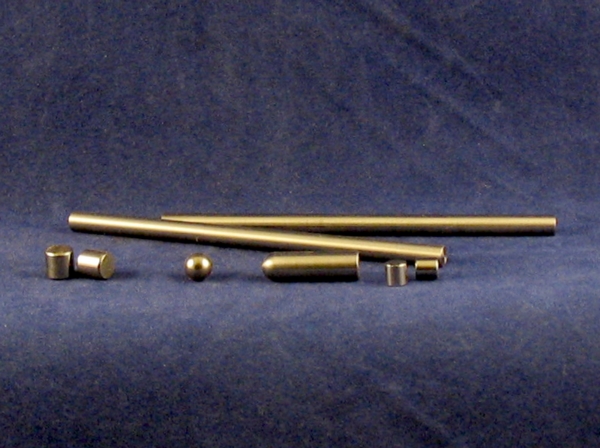- Joined
- Apr 22, 2020
- Messages
- 3,422
Should the TTi gearbox have a loose 6mm ball bearing at the clutch push rod actuating lever end in the gearbox?
I may have basically destroyed part of the actuating lever mechanism. I do not have a ball bearing in that location. If it came with a loose ball bearing in the mainshaft bore, it fell out when I was working on making clearance changes to the gearbox shell on the bench. So I just put the push rod in there figuring it didn't need one. No documentation for the TTi gearbox is BS for $5K+US, but is what it is.
Anyway, what has happened twice is the push rod grinds a hole into the adjuster at the clutch pressure plate. Probably because the clutch push rod stops rotating when the push rod is releasing pressure on the diaphragm spring. Or my luck, I got a bum TTi gearbox.
Adjuster divot

The push rod is currently stuck inside the mainshaft. I'll be yanking it out soon. Edit: Nope
More Edit: That rod is probably mushroomed at the other end. Does not want to come out from the clutch side.
So much for holding the clutch in while in gear in 85 degree weather in heavy traffic. By the time I got home I had 3/4" of freeplay at the lever due to that divot in the adjuster, and the clutch wasn't fully releasing with the lever at the bar. Good times.
Sure hope I don't have to remove the 5 speed, and go back to the AMC 4 speed for the rest of the summer, because I do like the TTi 5 speed gear ratios. Had a nice 200 mile ride up until I hit a bunch of really clogged up traffic.
I may have basically destroyed part of the actuating lever mechanism. I do not have a ball bearing in that location. If it came with a loose ball bearing in the mainshaft bore, it fell out when I was working on making clearance changes to the gearbox shell on the bench. So I just put the push rod in there figuring it didn't need one. No documentation for the TTi gearbox is BS for $5K+US, but is what it is.
Anyway, what has happened twice is the push rod grinds a hole into the adjuster at the clutch pressure plate. Probably because the clutch push rod stops rotating when the push rod is releasing pressure on the diaphragm spring. Or my luck, I got a bum TTi gearbox.
Adjuster divot

The push rod is currently stuck inside the mainshaft. I'll be yanking it out soon. Edit: Nope
More Edit: That rod is probably mushroomed at the other end. Does not want to come out from the clutch side.
So much for holding the clutch in while in gear in 85 degree weather in heavy traffic. By the time I got home I had 3/4" of freeplay at the lever due to that divot in the adjuster, and the clutch wasn't fully releasing with the lever at the bar. Good times.
Sure hope I don't have to remove the 5 speed, and go back to the AMC 4 speed for the rest of the summer, because I do like the TTi 5 speed gear ratios. Had a nice 200 mile ride up until I hit a bunch of really clogged up traffic.
Last edited:


